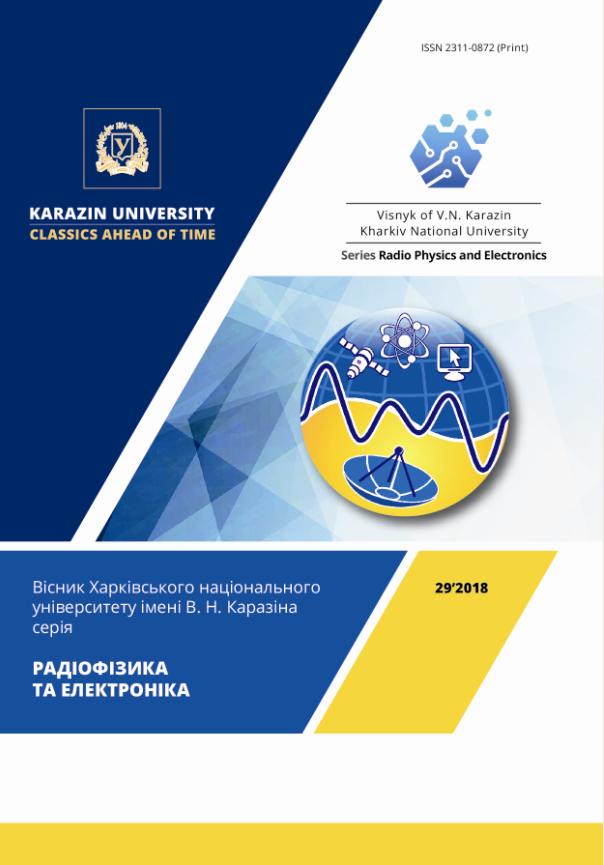Calibration error of laser calorimeter due to the unequal distribution of heat in its receiving element
Abstract
Background: It is well known that the problem of improving the accuracy of measurements is fundamental in metrology and does not lose its relevance, regardless of the successes achieved in its solution. The task of increasing the accuracy of state standards of measurement units is constantly at the center of this problem. The scientific and applied value of the search for ways to solve this problem is increasing significantly in the light of modern requirements for ensuring environmental friendliness and reducing the resource consumption of promising industrial production.
Objectives of the work is to study of ways to improve the methodology for taking into account the nonequivalence of replacing an optical signal with an electric one when calibrating calorimetric measuring transducers that are part of state standards for laser energy units.
Materials and methods:. Theoretical and experimental thermophysical and mathematical models of the receiving element of the calorimetric measuring transducer are proposed and studied, which, unlike the known models based on the thermally thin plate, allow one to evaluate the effect of the uneven distribution of heat in the receiving element on the calibration error of the calorimetric measuring transducer. The substitution coefficient, according to the model, depends only on the geometry of the receiving element and the time constants of its heating and cooling, which are determined experimentally.
Results: Theoretical analysis and experimental verification of the proposed models have confirmed their effectiveness in reducing the systematic calibration error of the measuring transducers.
Conclusion: The proposed thermophysical and mathematical models of the receiving element of the calorimetric measuring transducer should be used in the certification practice of the State standards of Ukraine of laser energy units.
Downloads
References
Timofeev EP. Metrological support in the field of energy lasermetry. Ukrainian Metrological Journal. 2007;1:29-33.
Timofeev EP. Development and research of measuring instruments for the energy characteristics of laser radiation. Ukrainian Metrological Journal. 2009;2:29-35.
Watson W, editor. A Text Book of Practical Physics. 3rd ed. London: Longmans, Green and Co; 1922. 635 p.
Pfaundler L. Uber die Wärmecapacität verschiedener Bodenarten und deren Einflufs auf die Pflanze, nebst kritischen Bemerkungen über Methoden der Bestimmung derselben. Pogg. Ann. Phys. Chem. 1866;129:102-135.
Dickinson HC. Combustion Calorimetry and the Heats of Combustion of Cane Sugar, Benzoic Acid, and Naphthalene. Bulletin of the Bureau of Standards. 1915;11(2):189-257.
Hoare FE. The radiation correction in calorimetry. The London, Edinburgh, and Dublin Philosophical Magazine and Journal of Science. 1940;29(192):52-65.
West ED, Churney KL. A Two-Body Model for Calorimeters with Constant-Temperature Environment. Journal of Applied Physics. 1968;39(9):4206-4215.
Santos LMNBF, Silva MT, Schroder B, Gomes L. Labtermo: Methodologues for the Calculation of the Corrected Temperature Rise in Isoperibol Calorimetry. Journal of Thermal Analysis and Calorimetry. 2007;89(1):175-180.
Leontiev AI, editor. Theory of heat and mass transfer. Bauman NE MSTU. M. 1997.
Grigoriev IS et al, editors. Physical quantities. Energoatomizdat. M. 1991.
Kondratiev GM. Regular thermal regime. State Publishing House. TTL. M. 1954.
Bezikovich YaS. Approximate calculations. Gostekhizdat. M. 1949.




